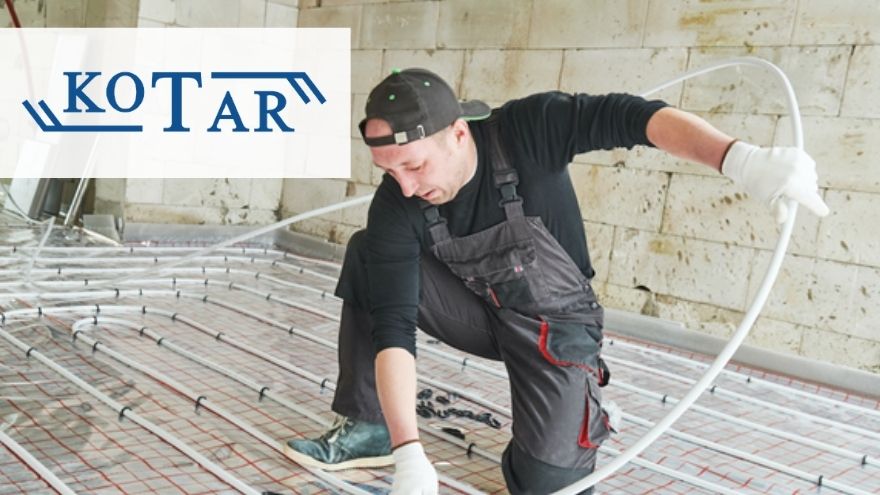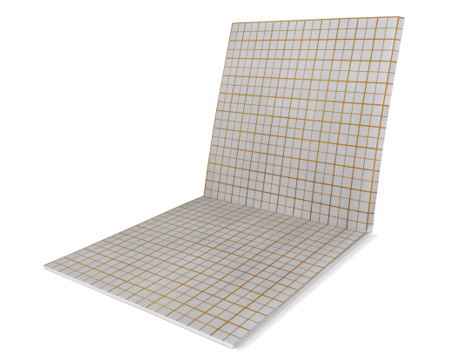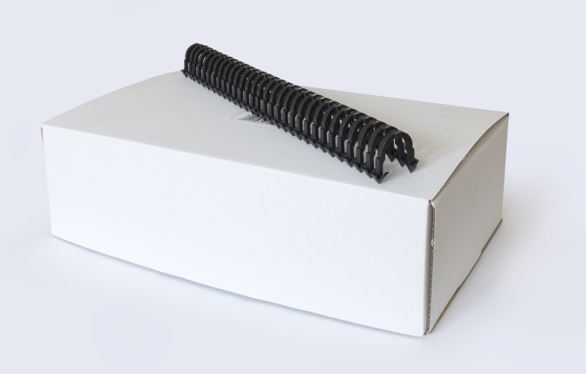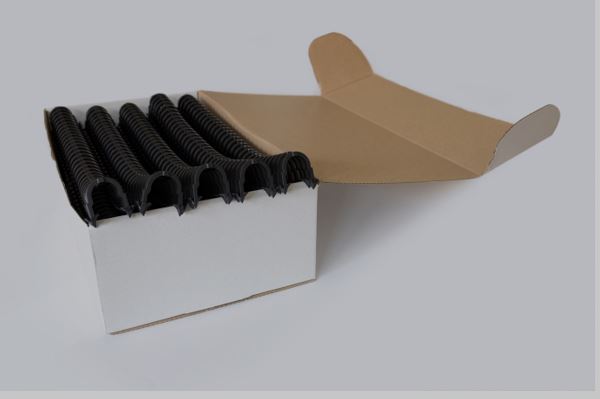Underfloor heating is an increasingly used solution that guarantees a high level of comfort. Its efficiency largely depends on insulation, which prevents heat loss. In the case of a floor on the ground, it escapes into the ground or into the foundation, and in the case of a floor on the ceiling - into the building structure. Therefore, a very important stage in the installation of this type of heating installation is the preparation of appropriate thermal insulation. For this purpose, it is worth relying on KOTAR products. Get to know them better!

From the article you will learn:
- what to use as thermal, acoustic and moisture insulation in underfloor heating,
- what are the characteristics of KOTAR boards,
- What are the features of clips for mounting underfloor heating pipes?
What is insulation for underfloor heating made of?
To ensure tight insulation for underfloor heating , all layers should be laid on a durable, clean and dry surface. If the concrete surface is uneven or cracked, it is necessary to stabilize and level it using a special mortar. Any protruding and loose fragments must be sanded and removed.
Only on such a prepared substrate can a tight moisture insulation be laid. It is made of polyethylene foil for underfloor heating , underlay felt or bituminous mass. It is important to ensure that the boards adhere closely to each other and that the layers of material are evenly and precisely distributed over the entire surface.
Thermal insulation is made of polystyrene, extruded polystyrene or polyurethane boards. When choosing these materials, pay attention to their density and load resistance. These must be products intended strictly for floor applications. The thickness of the insulation should depend on whether the underfloor heating is installed on the ground (approx. 8 - 10 cm) or on the ceiling (approx. 3 - 4 cm).
You can lay one or several layers of thermal insulation. The most important thing is to avoid vertical gaps between the boards, which would constitute thermal bridges that would facilitate heat loss. Underfloor heating cables can be laid on an even, compact surface.
What to use as thermal, acoustic and anti-moisture insulation in underfloor heating?
When looking for an appropriate insulating material for underfloor heating, check out the KOTAR brand offer. Its assortment includes high-quality boards made of polystyrene , as well as practical clips for attaching underfloor heating pipes. Find out more about KOTAR products!

IZOROL-SR EPS 200 and IZOROL-SR/KL EPS 200
EPS 200 polystyrene boards are covered with polypropylene fabric on one side. In the IZOROL-SR/KL series, there is an additional layer of glue on the bottom, protected with a transparent foil, which serves as a protective layer during transport. Thanks to the glue, attaching the insulation to the substrate is quick and convenient.
Products from the IZOROL-SR and IZOROL-SR/KL series are used as thermal, acoustic and moisture insulation. They can be used both under underfloor heating and in renovation systems. Their main advantage is the high level of tear resistance of the outer layer (polypropylene fabric). This is especially important for single-layer pipes, which require stronger fastening in the insulation.
The manufacturer also offers IZOROL-SR EPS T and IZOROL-SR/KL EPS T boards, made of EPS T polystyrene. It has slightly different technical properties, but the insulation structure looks exactly the same.
SR clips for mounting heating system pipes

Special clips used to fasten pipes to the surface of the subfloor are made of black-colored polypropylene. They are used to install wires with a maximum diameter of 17 millimeters on the insulation layer . In this case, Styrofoam should not be less than 10 millimeters thick. To facilitate even distribution of the clips, grids measuring 100 mm x 100 mm are printed on the boards covered with protective foil.

This system makes attaching pipes to the insulated substrate very simple and convenient. Installation carried out in this way translates into the strength and reliability of the entire installation.
Floor on the ground - stages of laying the subfloor
While the floor on the ceiling requires only symbolic insulation, the floor on the ground is much more difficult to insulate. In the case of rooms on the ground floor, it is necessary to make a multi-layer underlay. The thickness of the insulating layer will, of course, be greater, and in addition to polystyrene, it should include, among others, sand, waterproofing and polyethylene foil.
The first layer of floor insulation on the ground should be compacted sand. It is not compressible and allows water to pass through well, so the building's foundations are not at risk of heaving. The ballast should be approximately 15 - 20 centimeters thick and covered with a concrete slab.
The layer of lean concrete should be about 10 - 12 centimeters thick and be placed on top of already installed water and sewage pipes. Ensures ground leveling and dimensional stability of the foundation.
Waterproofing can be made of 0.2 mm thick polyethylene foil, adhesive or heat-sealable felt. It will protect floors against moisture from the ground, and therefore indirectly against cracking. This layer is placed between the foundation walls and the external walls placed on them.
The next (key) layer is Styrofoam. It is best to use products such as those from the KOTAR brand, because they are equipped with glue and protective foil, which are very helpful in installation. The heating is mounted on the prepared surface, then poured with concrete and covered with panels or tiles.
How to install underfloor heating?
Heating pipes are formed into loops that take the shape of a spiral. Slightly less cables are used by meanders, which allow for faster installation, but do not guarantee as uniform operation of the system as spirals. They are useful, for example, when you want to vary the heating level in different parts of the room.
The spacing between pipes in one loop should be approximately 10 - 30 centimeters. Approximately 5 - 6 meters of heating cable are laid for each square meter of floor. No loop can be longer than 150 meters because this would cause too much pressure loss. Also remember not to install pipes under permanent structures, such as kitchen cabinets or a shower tray in the bathroom.
Install underfloor heating with the KOTAR brand!
KOTAR brand materials guarantee a well-insulated floor - both in rooms located on the ground and on the ceiling. Styrofoam elements are easy to arrange and attach, and polypropylene clips facilitate the installation of heating pipes. This is a compact solution that translates into reliable insulation for underfloor heating .